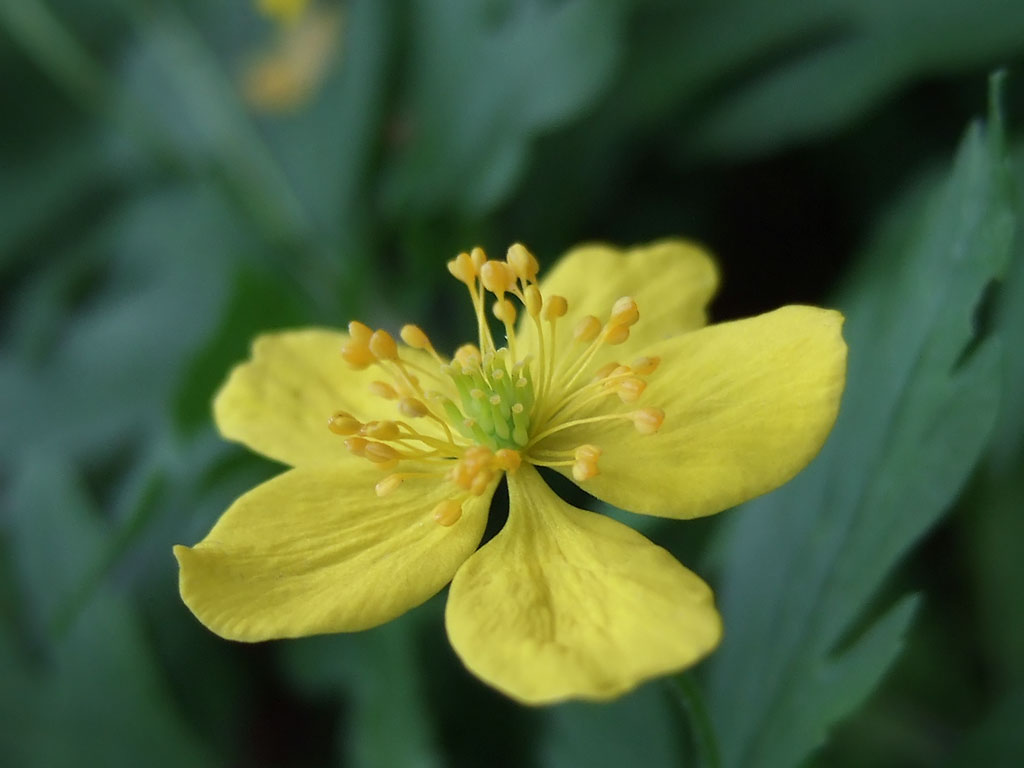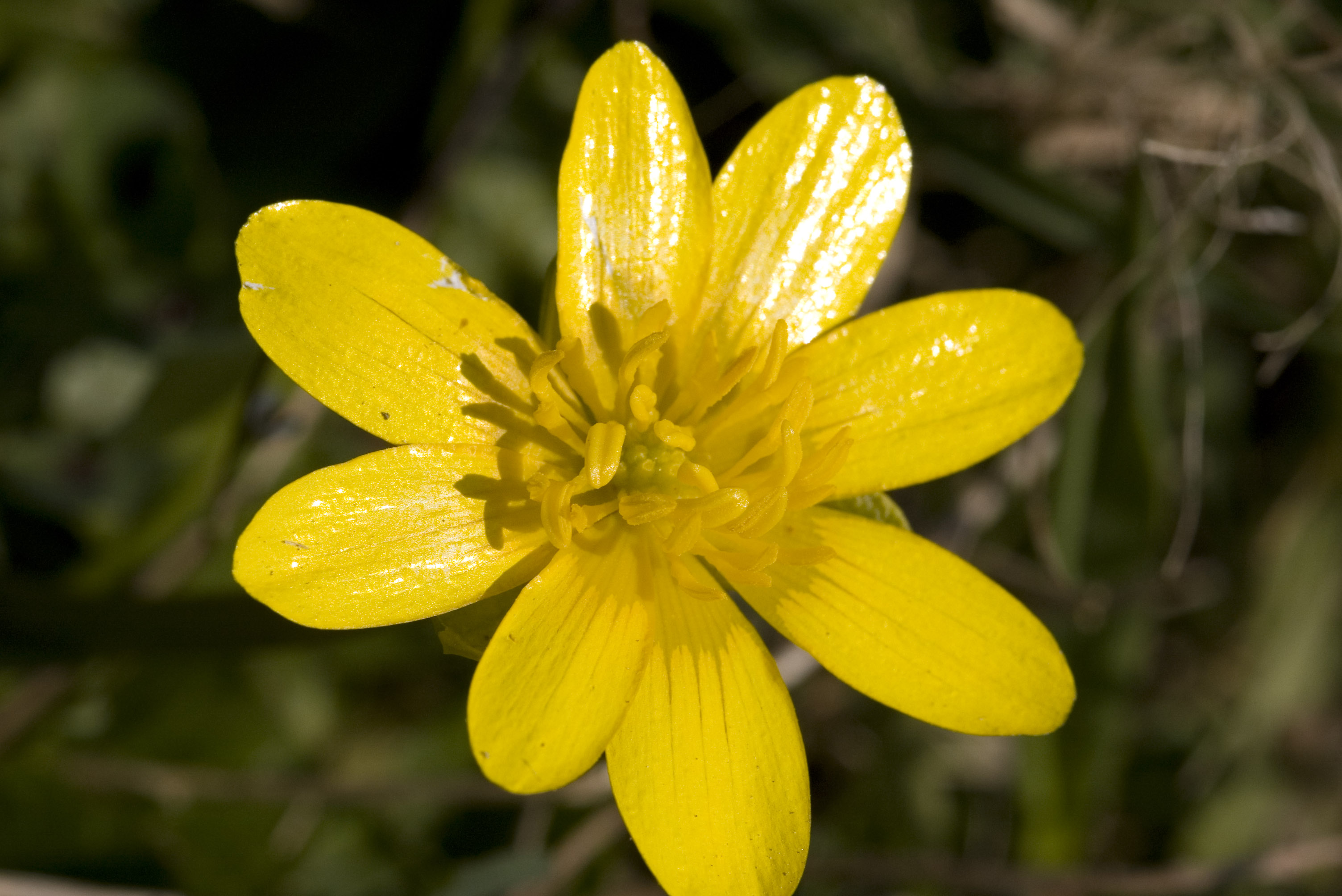

This layer reflects the arriving wavelengths of light back equally, much like white paper would. The light that does make it through both of the surfaces of the epidermis and the air-filled gap finally arrives at a layer of starch. The other wavelengths are reflected back to our eyes and are perceived as the color yellow. The epidermis also contains pigment that absorbs the wavelengths of light associated with the blue part of the visible light spectrum. These surfaces give the flower its glossy appearance. This means that the angle at which the light travels to the surface equals the angle at which it travels out, so all of the reflected light travels in the same direction.

Both surfaces are flat - the lower one borders an air gap - and each reflects light back much like a mirror would. It turns out that light arriving at the flower petal encounters two different surfaces within its outer layer, called the epidermis.

Their examination revealed how the anatomy of the petal creates the yellow glow - which, according to children's lore, indicates the chin's owner likes butter. Now researchers understand why the flowers produce this yellow glow. According to children's lore, the yellow glow reflected by a buttercup when placed under a chin indicates that the owner of the chin likes butter.


 0 kommentar(er)
0 kommentar(er)
